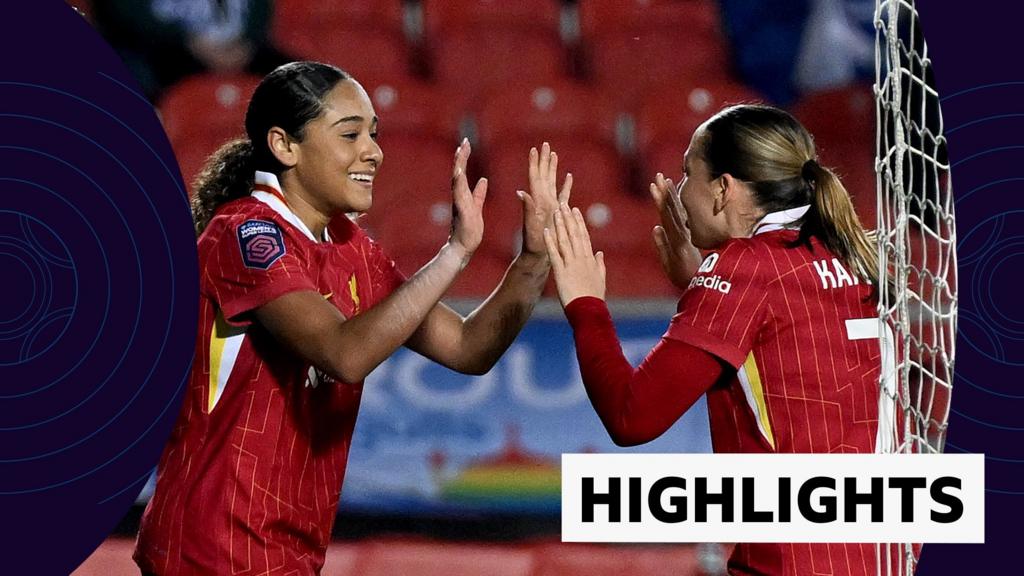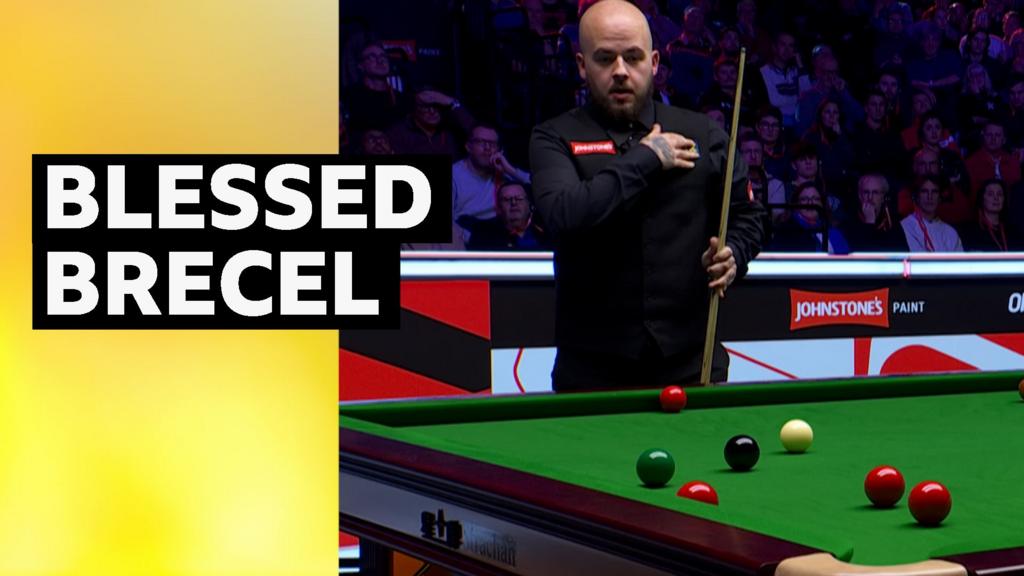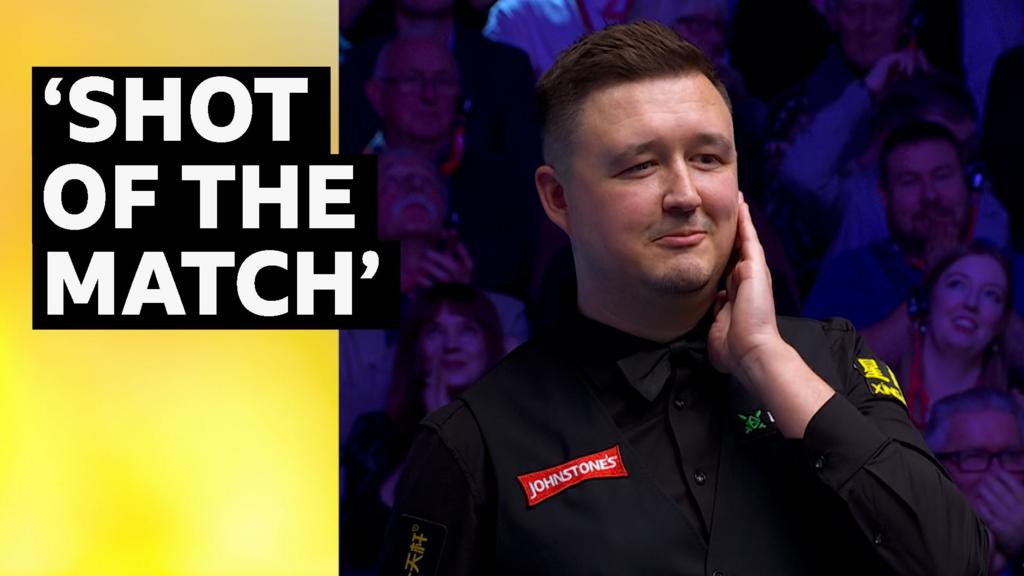ARTICLE AD BOX
England, Wales, Scotland and Northern Ireland have discovered their 2026 World Cup qualifying opponents following Friday's draw in Zurich.
England, under new manager Thomas Tuchel, will face Serbia, Albania, Latvia and Andorra.
Wales will meet familiar foes Belgium, plus North Macedonia, Kazakhstan and Liechtenstein.
Scotland will play Greece, Belarus and the loser of the Portugal v Denmark Nations League quarter-final.
Northern Ireland are up against Slovakia, Luxembourg and the winner of the Germany v Italy Nations League game.
The games will be played across five international breaks between March and November 2025.
The top team from each of the 12 groups qualifies automatically for the World Cup, which will be held in the US, Canada and Mexico - with the second-placed teams going into the play-offs. A total of 16 European teams will qualify.
Scotland and Northern Ireland have been drawn in four-team groups and will not start their games until September.
The Scots face Greece, coincidentally in their World Cup qualifying group, in a two-legged Nations League promotion-relegation play-off in March.
Some of the groups will not be finalised until after the Nations League quarter-finals in March
Group A: Germany/Italy (winner), Slovakia, NORTHERN IRELAND, Luxembourg.
Group B: Switzerland, Sweden, Slovenia, Kosovo.
Group C: Portugal/Denmark (loser), Greece, SCOTLAND, Belarus.
Group D: France/Croatia (winner), Ukraine, Iceland, Azerbaijan.
Group E: Spain/Netherlands (winner), Turkey, Georgia, Bulgaria.
Group F: Portugal/Denmark (winner), Hungary, Republic of Ireland, Armenia.
Group G: Spain/Netherlands (loser), Poland, Finland, Lithuania, Malta.
Group H: Austria, Romania, Bosnia-Herzegovina, Cyprus, San Marino.
Group I: Germany/Italy (loser), Norway, Israel, Estonia, Moldova.
Group J: Belgium, WALES, North Macedonia, Kazakhstan, Liechtenstein.
Group K: ENGLAND, Serbia, Albania, Latvia, Andorra.
Group L: France/Croatia (loser), Czech Republic, Montenegro, Faroe Islands, Gibraltar.
Six of the groups have four teams and six have five teams.
Teams will play each other home and away as usual.
The top team from each group qualifies automatically for the World Cup, with the runners-up going into the play-offs with four Nations League teams.
Those 16 play-off teams will be put into pots based on their records in the group and drawn into four paths with one-legged semi-finals and finals.
The games will be held over 10 matchdays during five international breaks.
Those international breaks are 21-25 March, 6-10 June, 4-9 September, 9-14 October and 13-18 November.
However no team will play World Cup qualifiers on all of those dates because there is a maximum of eight games. They can play friendlies on any free dates.
Some teams will start in March, others will start in June and four-team groups will not start until September.
Scotland and the Republic of Ireland, for example, will be playing Nations League promotion-relegation play-offs instead in March.
Teams who win the Nations League quarter-finals will not be in World Cup qualifying action until September.
The play-offs will be on 26-31 March 2026.
The World Cup will start on 11 June 2026 in Mexico City and end on 19 July in New Jersey.
The expanded 48-team tournament will last a record 39 days.
The new format will feature 12 four-team groups and a last-32 knockout round for the first time.

 1 month ago
9
1 month ago
9








 English (US) ·
English (US) ·